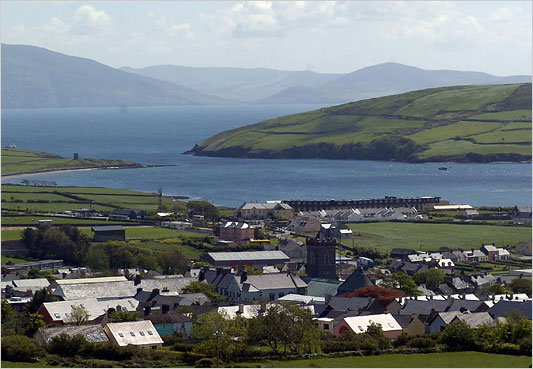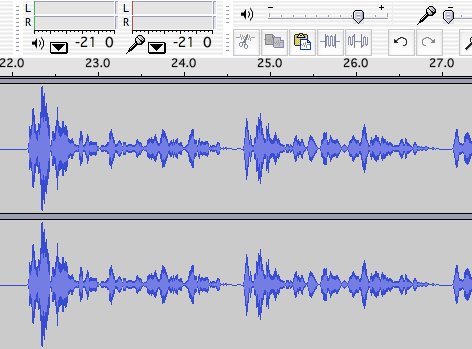On Friday my mother and sister drove up to Stokes bringing me five baby chickens. The chickens were hatched the previous Monday. There are three barred rock hens and two golden comet hens. No roosters. Roosters cause too much noise and turmoil. I’m trying to learn more about barred rock and golden comet chickens, but they’re supposed to be hardy, friendly, and good layers of big brown eggs.
I have not had chickens since the 1970s. I’ve wanted chickens for a long time, so getting baby chickens is a big deal. My brother has built me a chicken house. A bit of work remains to be done on the chicken house, but as soon as that’s complete I’ll have photos. The chicken house is 4 feet square. It sits high off the ground on legs to help protect the chickens from predators. Right now it’s too cold for baby chickens outdoors anyway, so they’re temporarily housed in a box in the new house, with a heat light.
Neighbors have told me horror stories about the high risks to chickens around here from predators. There are coyotes, foxes, possums, raccoons and owls in the woods and hawks in the sky, not to mention dogs. I am still thinking about my chicken defenses. One neighbor says that defending the chicken house with electrified fence wire is the best solution. I may put up some electric fence and get double duty out of it to keep deer away from my vegetable beds.
Right now, I’m still nailing down my flooring, and that has kept me extremely busy. I’m almost done with the floor. Then I’ll be able to turn my attention to some other things, like chickens and the spring gardening work that needs to be done.




